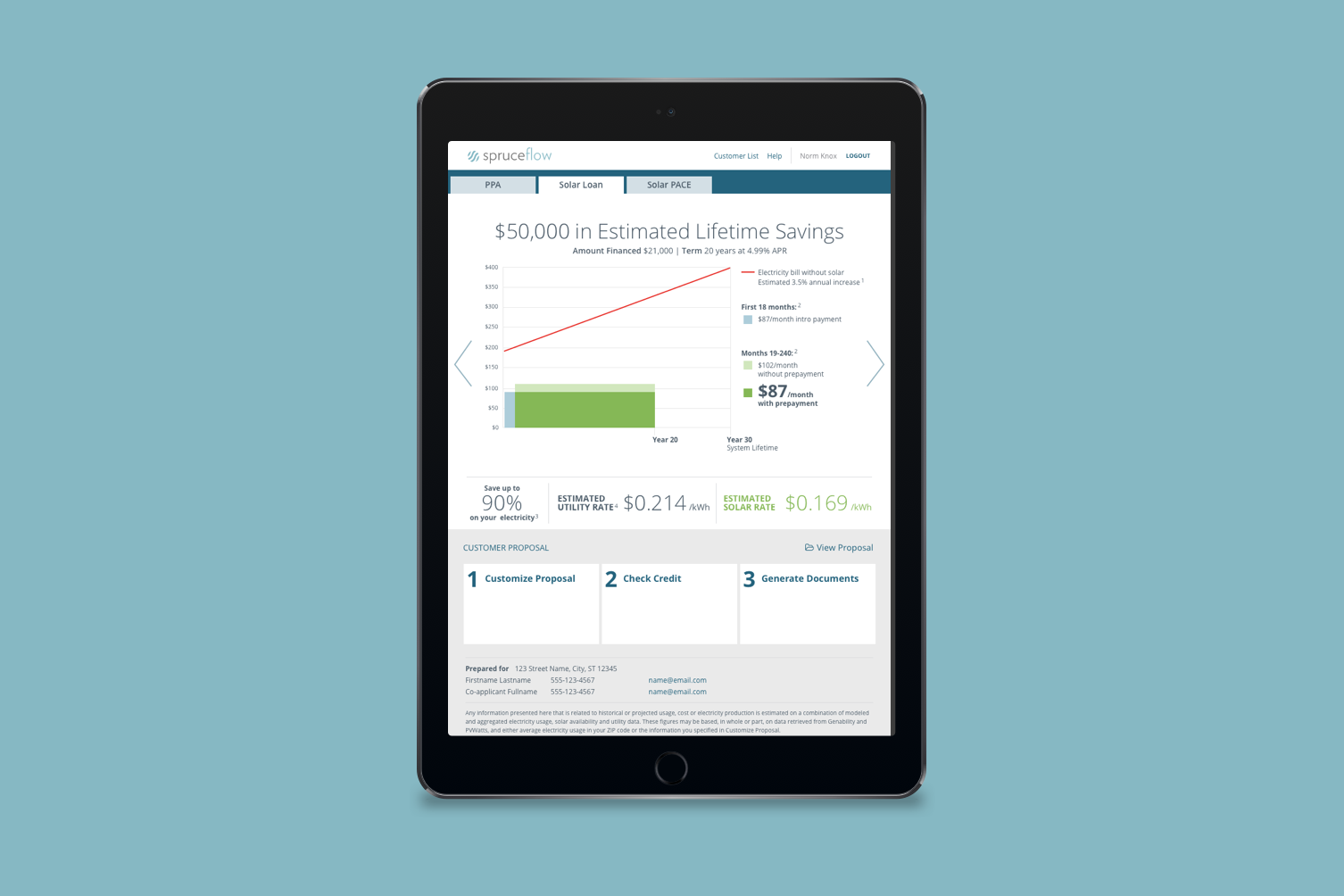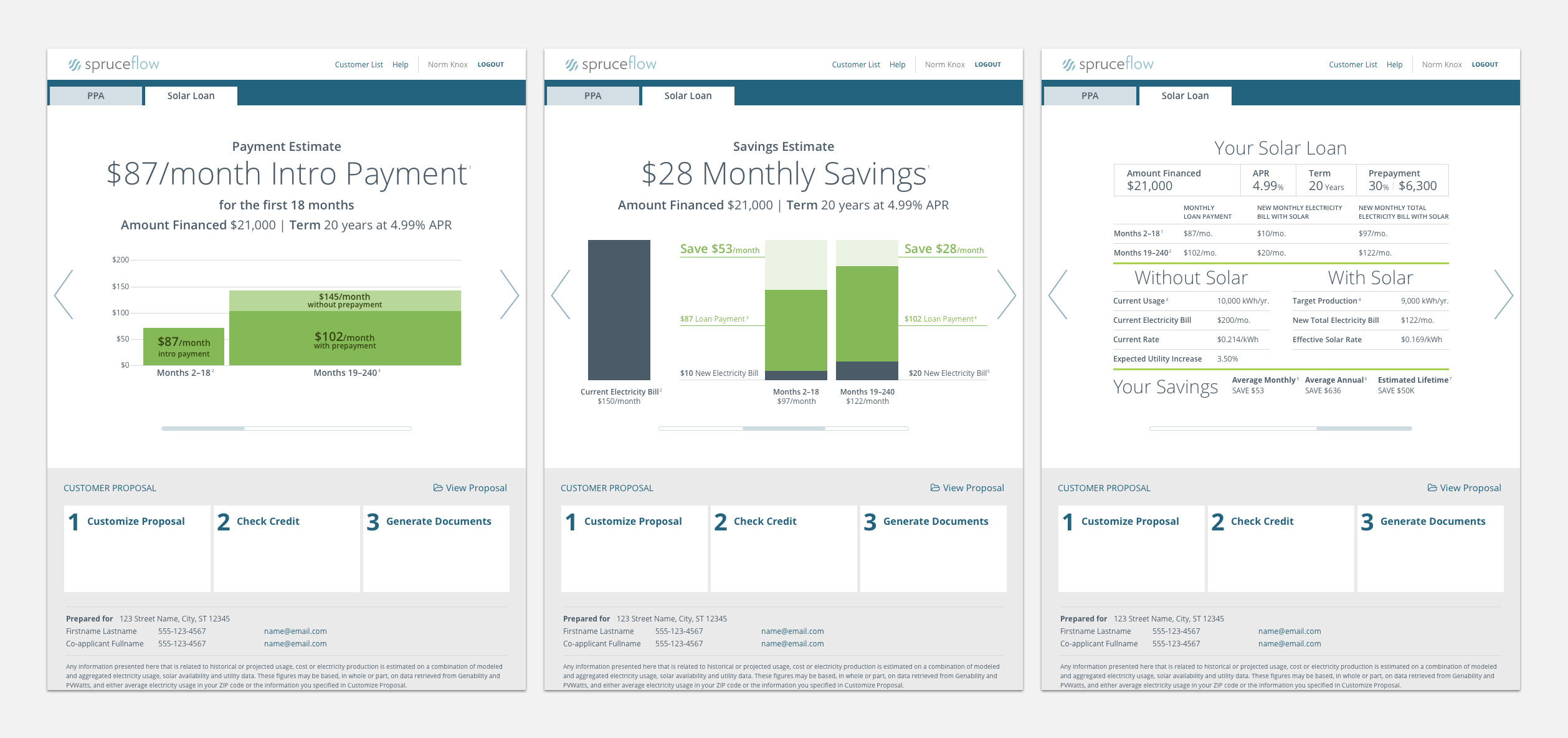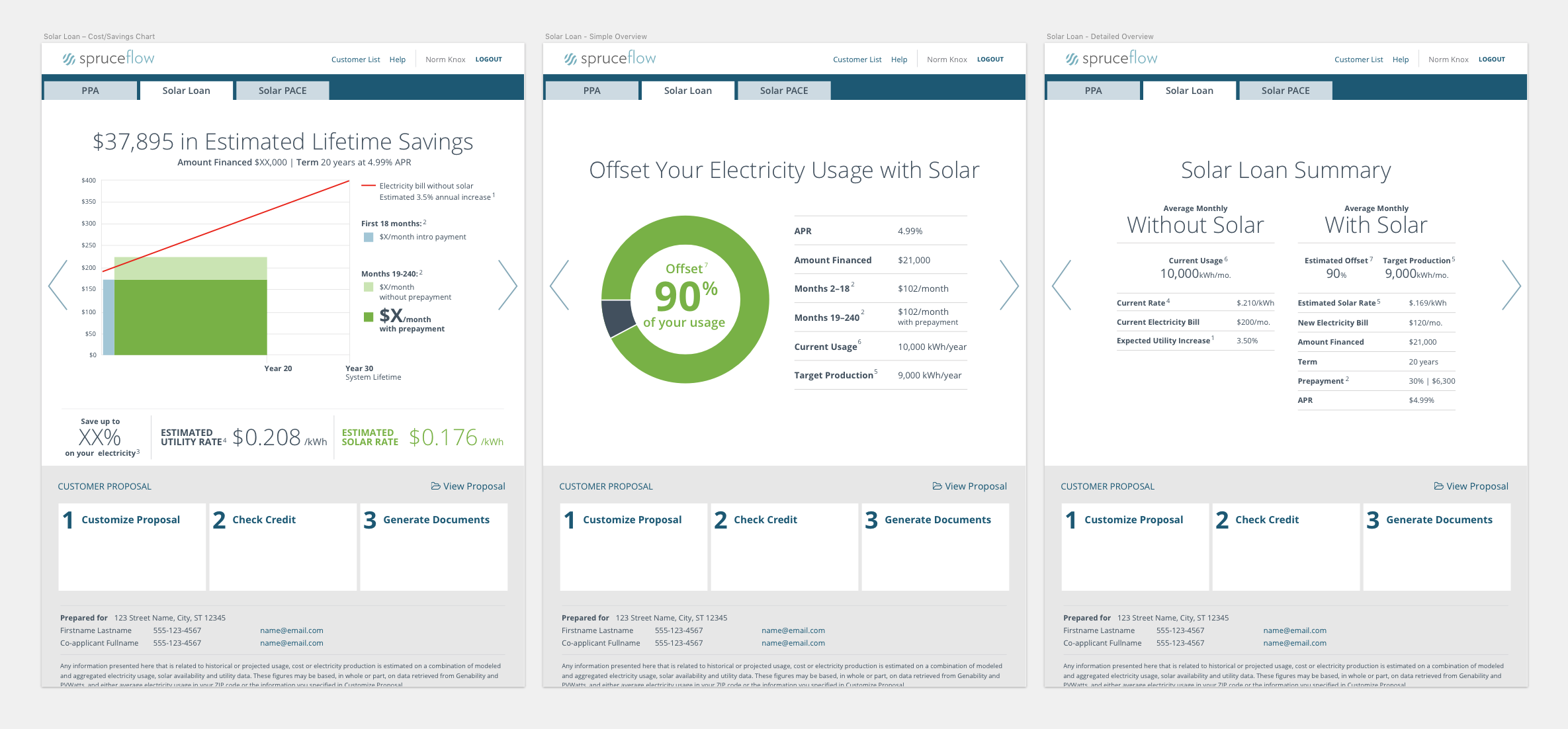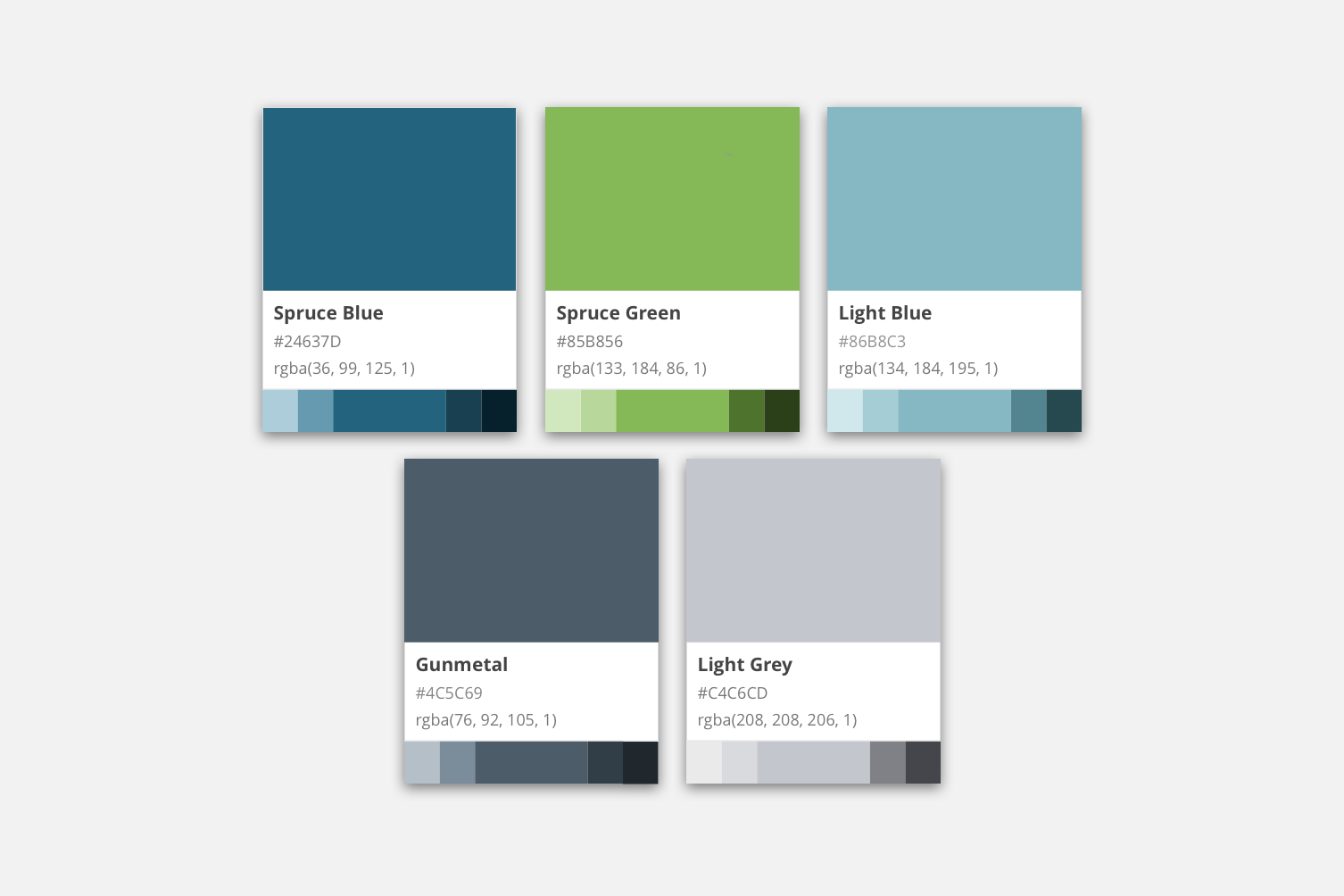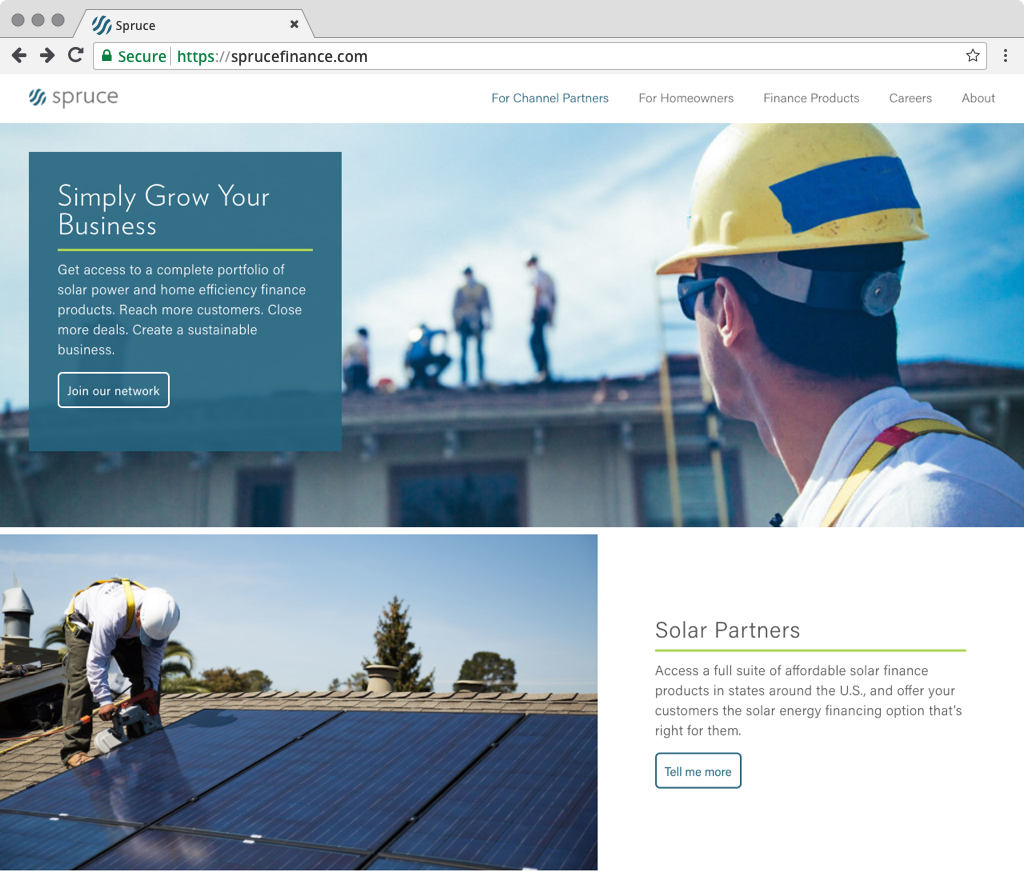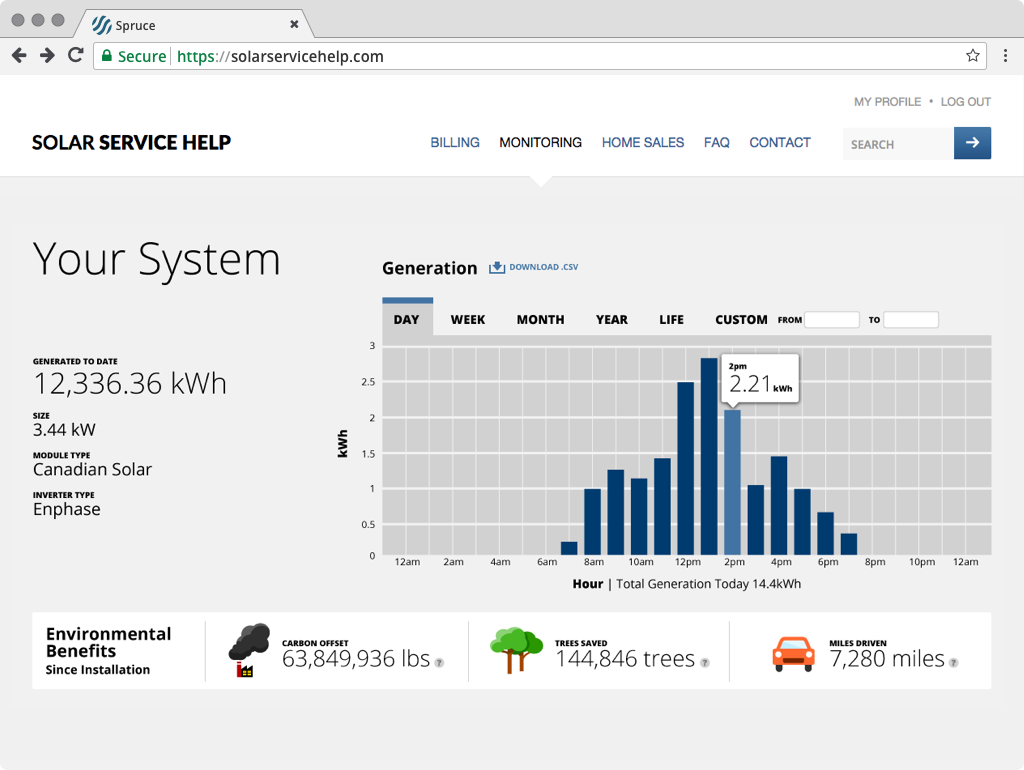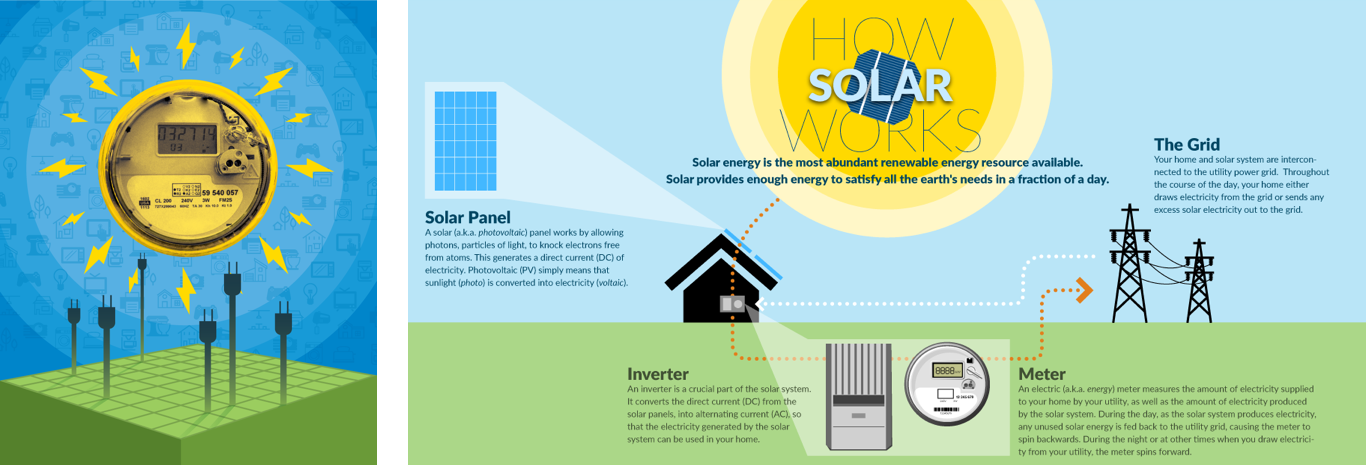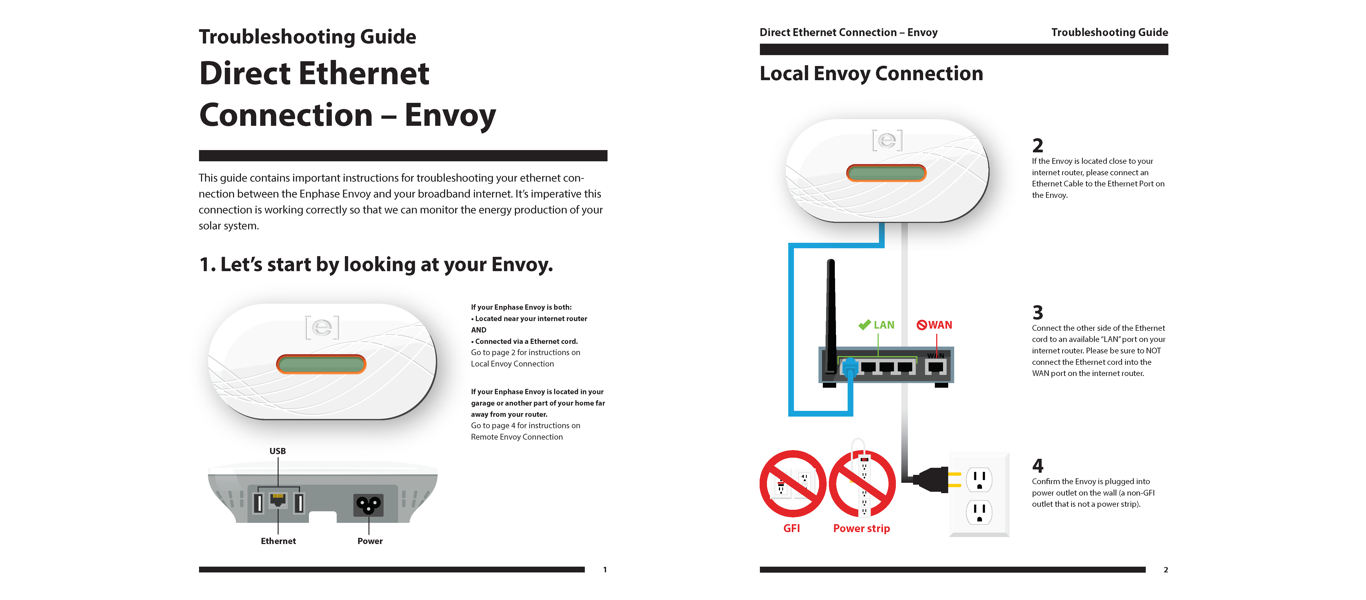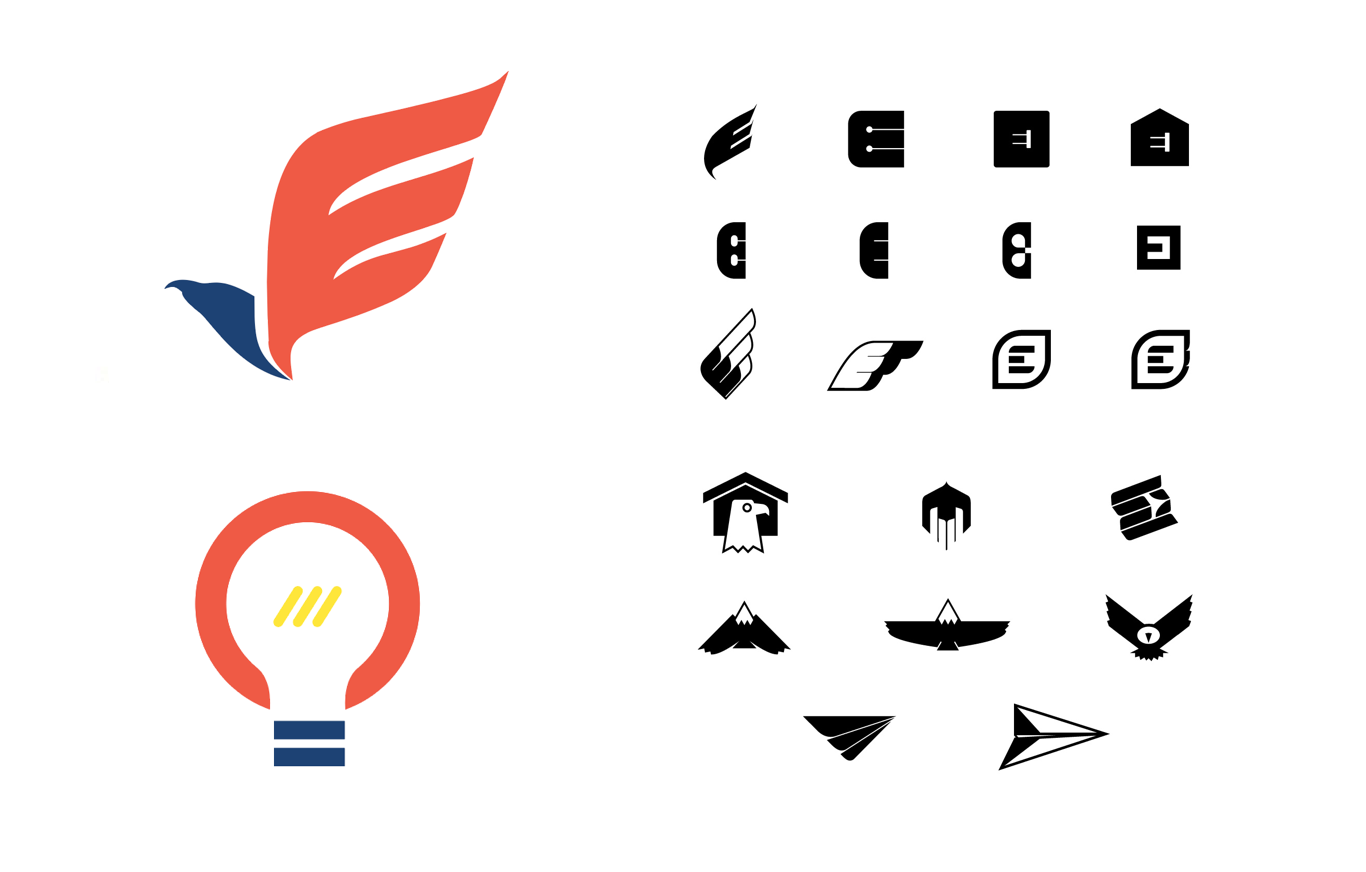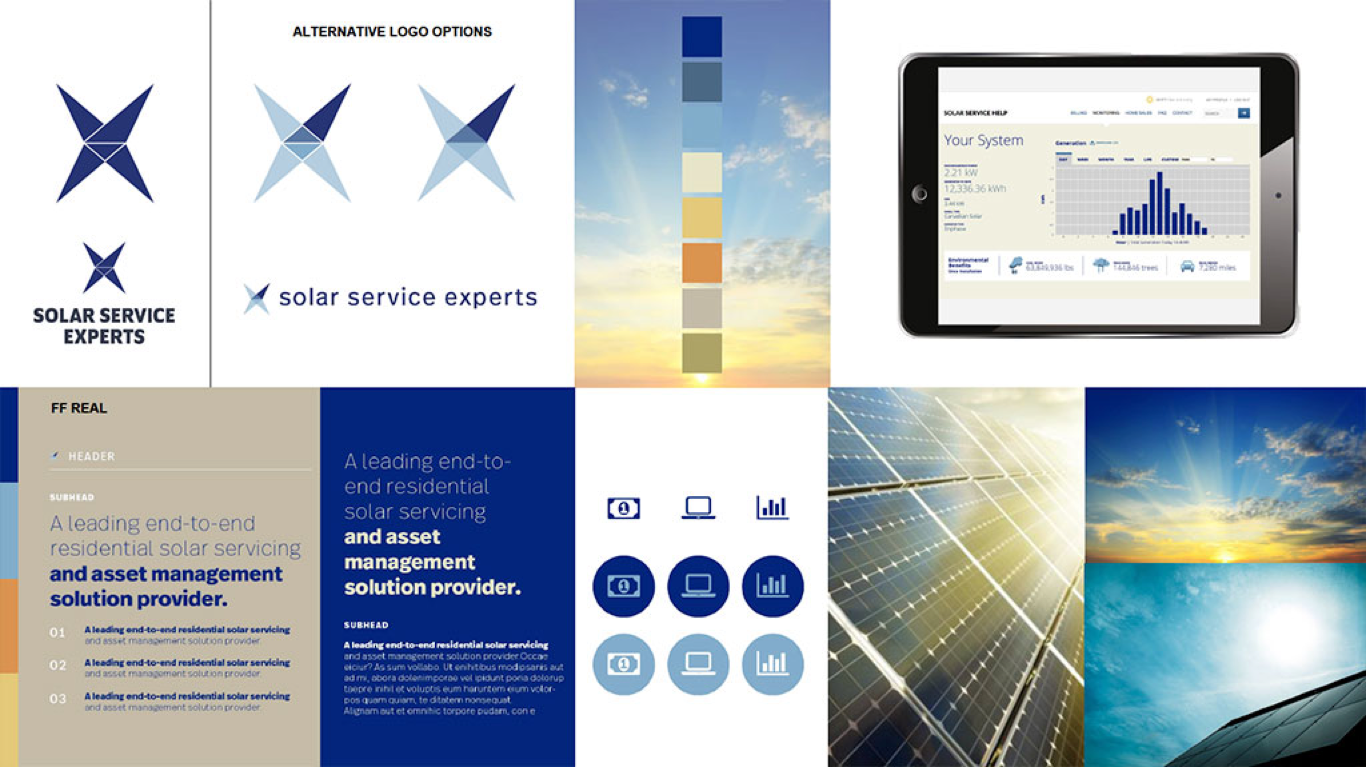Overview
Designing the Quick Solar Design feature was the first major UI/UX project I worked on at Spruce. Along with the Product and Development teams, we collaborated with Pivotal Labs to learn more about the Agile Design and Development process. While leading the UI design of the project, I also worked with the Pivotal UX designers to interview and test prototypes with our users.
Project Goals
Spruce Finance is a solar and energy efficiency financing company. They provide contractors with the ability to sell and finance home improvement projects to homeowners through the web-based SpruceFlow application.
- Simple way of calculating system production and electricity savings that was “catered” to a particular homeowner
- Create a system design feature that reduced time needed to train users
- Provide homeowners with confidence of their potential energy and cost savings
Discovery
Through several interviews with our users, we found what information was most important to them in selling a solar installation. We were also able to learn more about their frustrations working with our software platform.
Most notable pain points:
- I don’t know the exact measurement and values to input
- It’s too difficult to get an accurate estimate of how many solar panels will fit on the roof
- I talk about the savings at the beginning of my pitch, but there is too much information to add to get to this point in the application
Initial Mockups
For this particular project, I started creating hi-fidelity mockups in order to be able to quickly get validated portions of it to developers while others were still being tested.
I created many iterations and with continued feedback from users, was able find a balance that made it easy for them to find the information they needed.
Prototypes
Due to the complexity of this interface, I also created interactive prototypes in Principle that we were able to use validate assumptions on the ease of creating, moving, and resizing arrays of solar panels on the map.
Outcome
- Sales people were able to easily show homeowners a quick view of their solar installation.




